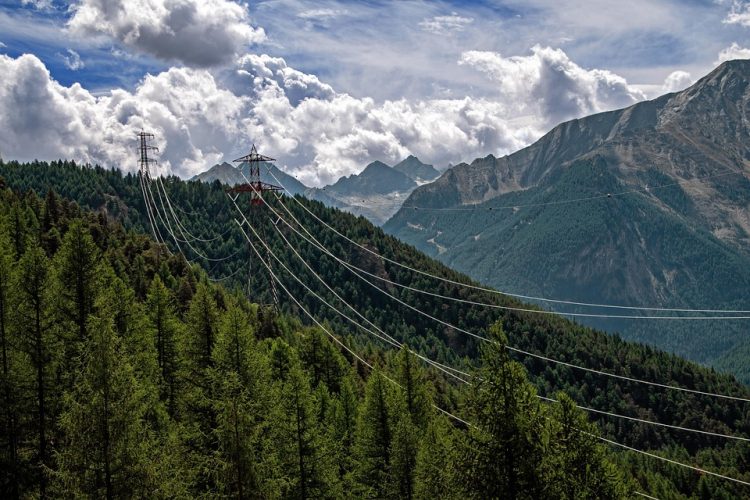The Silent Killer: The Devastating Impact of Ocean Warming on Marine Life
Introduction
In recent years, the world has witnessed a rapid increase in ocean temperatures due to climate change. This phenomenon, known as ocean warming, poses a significant threat to marine life and ecosystems. The effects of ocean warming are far-reaching and devastating, leading to widespread coral bleaching, habitat destruction, and species extinction. In this article, we will explore the silent killer that is ocean warming and its profound impact on marine life.
The Rise of Ocean Temperatures
Ocean warming is primarily driven by the increase in greenhouse gas emissions, which trap heat in the Earth’s atmosphere and lead to rising global temperatures. As a result, the oceans absorb much of this excess heat, causing their temperatures to rise at an alarming rate. In fact, studies have shown that the world’s oceans have absorbed more than 90% of the heat trapped by greenhouse gases since the 1970s.
The consequences of this rapid warming are severe, with marine ecosystems facing unprecedented challenges. From coral reefs to polar regions, marine life is struggling to adapt to these changing conditions, leading to mass die-offs and population declines. The effects of ocean warming are not only limited to marine life but also extend to human communities that rely on the oceans for food, livelihoods, and recreation.
Impact on Coral Reefs
Coral reefs are among the most vulnerable ecosystems to ocean warming, as they are highly sensitive to changes in temperature. Coral bleaching, a phenomenon in which corals expel the algae living in their tissues, is a direct result of ocean warming. When corals are stressed by high temperatures, they lose their vibrant colors and become susceptible to disease and death.
The loss of coral reefs has devastating consequences for marine biodiversity, as these vibrant ecosystems provide essential habitat for a wide variety of marine species. Without healthy coral reefs, many fish, invertebrates, and other organisms lose their homes and sources of food, leading to population declines and ecosystem collapse.
In addition to the direct effects of coral bleaching, ocean warming also increases the frequency and intensity of extreme weather events, such as hurricanes and cyclones, which can further damage coral reefs. These natural disasters can break apart coral structures, bury corals in sediment, and disrupt the delicate balance of reef ecosystems.
Impact on Marine Species
Ocean warming also has a profound impact on individual marine species, with many struggling to survive in changing environments. For example, some fish species are experiencing shifts in their distribution patterns as they move to cooler waters in search of suitable habitats. This migration can disrupt established food chains and lead to competition for resources among different species.
In addition, ocean warming can affect the reproductive cycles of marine species, leading to lower reproductive rates and population declines. For example, some species of sea turtles rely on specific temperature conditions to determine the sex of their offspring. As ocean temperatures rise, the balance of male and female turtles in populations can become skewed, leading to imbalances in breeding populations.
Furthermore, ocean warming can impact the availability of food sources for marine species, as changes in temperature can alter the distribution and abundance of plankton and other primary producers. This disruption in the food chain can have cascading effects on higher trophic levels, leading to population declines and ecosystem instability.
Mitigation and Adaptation Strategies
Despite the dire consequences of ocean warming on marine life, there are steps that can be taken to mitigate its impact and help marine ecosystems adapt to changing conditions. One key strategy is to reduce greenhouse gas emissions and limit the rate of global warming. By transitioning to renewable energy sources, reducing carbon footprints, and promoting sustainable practices, we can help slow the pace of ocean warming and give marine life a fighting chance.
In addition to reducing emissions, efforts can be made to protect and restore marine habitats that are most vulnerable to ocean warming. For example, establishing marine protected areas, implementing coral reef restoration projects, and reducing pollution can help safeguard critical ecosystems and support the recovery of marine species.
Furthermore, research and monitoring efforts can help track the effects of ocean warming on marine life and inform conservation strategies. By studying the impacts of temperature changes on marine species, scientists can better understand how to support their survival and resilience in the face of ongoing climate change.
Conclusion
The devastating impact of ocean warming on marine life is a pressing concern that requires immediate action. From coral reefs to marine species, the effects of rising ocean temperatures are far-reaching and irreversible. By understanding the causes and consequences of ocean warming, we can work together to protect marine ecosystems and ensure the survival of future generations.
In conclusion, the silent killer that is ocean warming poses a significant threat to marine life and requires urgent attention. By taking steps to reduce emissions, protect habitats, and support research efforts, we can help mitigate the impact of ocean warming and preserve the incredible diversity of marine life that enriches our planet. Let us all work together to protect our oceans and ensure a sustainable future for all life on Earth.





